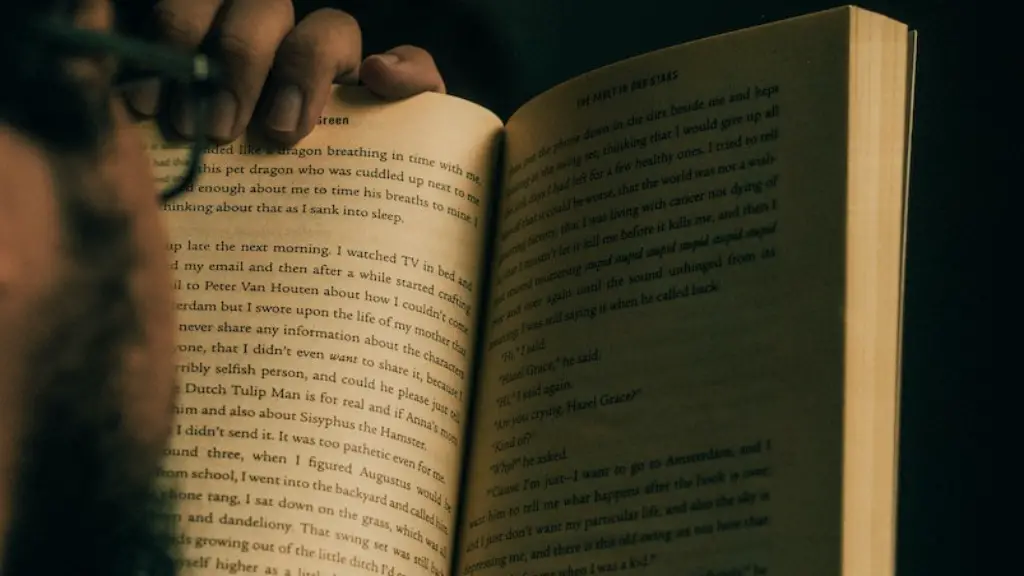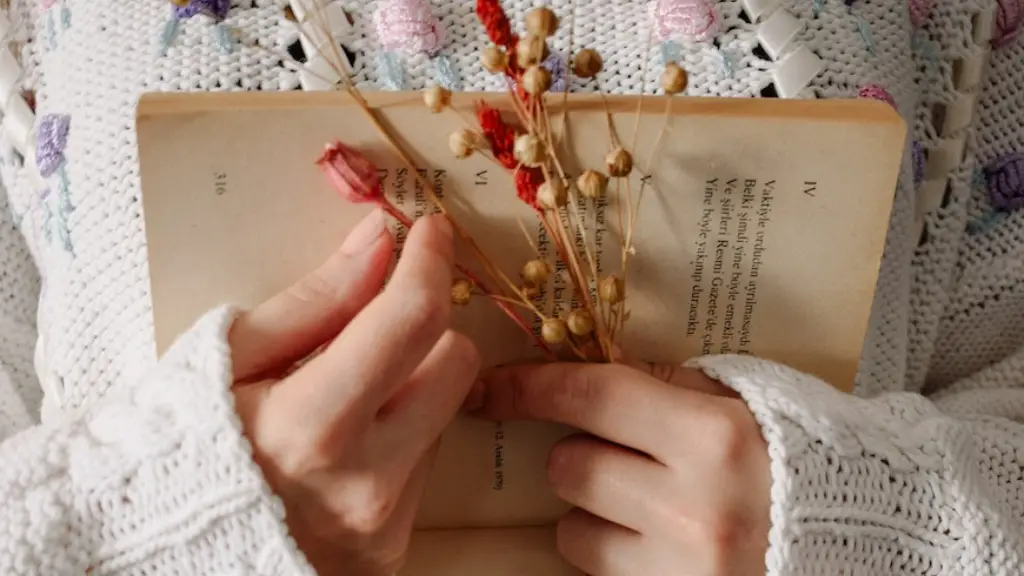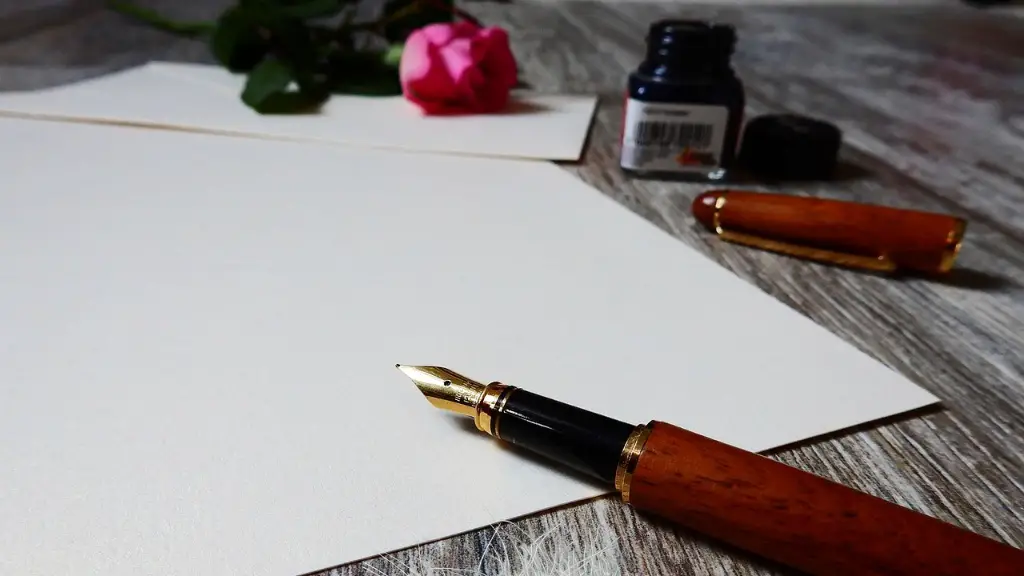What are Stanzas in Poetry?
Stanza is a literary device used in poetry which contains certain numbers of lines. Stanza is one of the most important components of a poem, song, or other literary work. Stanzas are like breaths we take while reading a poem.
The purpose of stanza can be many. They can help to make the reading easier by a writer. Verses or lyrics of a poem can be subdivided in a meaningful way by using stanza. These stanzas can have different metrical structure, different theme or rhyme scheme.
The most common type of stanza is four lines. This type is called ‘quatrain’ and it usually has a rhyming scheme of ABAB. Other common stanzas are Triplets, which has 3 lines and rhyme pattern of ABA. One more type of stanza is sestet, which has six lines and rhyme pattern of ABBACCDD.
Although, stanza provide structure to a poem or poetic literature, yet it does not necessarily have to be there. Some poems are written in free flow structure, which is also known as free verse. In free verse, stanza can be created to separate one theme from other, to give a pause or to increase the rhythmic pattern.
Moreover, Stanzas can significantly alter the meaning of a poem. Stanzas are useful in a poem just like musical notes are important for a musical piece. In a musical piece, notes can affect the tempo and mood of the music. Similarly, stanza can affect the mood, overall structure, and emotions activation in a poem.
When it comes to stanza, the length of a poem or lyrics really doesn’t matter. A stanza can be created in any poem, whether it has 4 lines or 10 lines. Stanza are just the fundamental part of the poem which makes it look organized.
Example of a Stanza
Here is an example of a four line stanza:
The night is dark and still,
Saplings line the trees.
The ground beneath us gives,
As we serenely seize.
The four lines in this stanza rhyme in the pattern ABAB, which makes it a quatrain.
Types of Stanzas
There are many types of stanzas with different numbers of lines and also with different rhyme schemes. Some of the most common stanzas are explained in the below sections.
Quatrain
The most common type of stanza is quatrain which contains 4 lines. Quatrains are like small stories within a poem. They can be used to express different views on the same subject or a story. Quatrain usually contains a rhyme scheme which is ABAB, but there are no restrictions on the rhyme scheme.
Triplet
The next common type of stanza is triplets which contains 3 lines. This type of stanza is used to make an argument or describe a scene with precision. Triplet often has a rhyme scheme of ABA.
Sestet
Sestet is a type of stanza which contains 6 lines. It is used to simplify the meaning of a poem on a more complex level. Sestet usually has a rhyme scheme of ABBACCDD, but there are no restrictions regarding this.
Pantoum
Pantoum is a type of stanza which contains quatrains that are repeated with variations. It is considered a difficult form of poetry as it is used to create a recurrent and continuous effect or movement. It often has a rhyme scheme of ABAB, but again there is no restriction on this.
Ottava Rima
Ottava Rima is a type of stanza which contains 8 lines. It is often used to narrate a story in a poetic way. It usually has a rhyme scheme of ABABABCC, but there are no restrictions on this.
The Factors Behind Stanzas in Poetry
The purpose of using stanzas in poetry is usually to break a complex poem into simpler, yet more meaningful versions. Stanzas can give a rhythm to the poem and can serve as natural pauses in browsing through a poem. Furthermore, some stanzas represent an idea, emotion or a thought. Therefore, depending on one or more stanzas in a poem can help to possess different types of meanings and messages. Eventually, all the stanzas of a poem together serve as the larger umbrella and contribute to the overall theme.
How Do They Advance the Meaning of a Poem?
When it comes to increasing the meaning of a poem, stanzas can play a great role. They can reveal hidden or tricky meanings in the poem with simple words and phrases. Stanzas also provide a sense of flow to the poem. Writers often use stanzas to underline a thought or express an emotion without having to provide any explanation. Stanzas also provide a smooth, transition in a poem.
How to Use Stanzas in Poetry?
When it comes to displaying stanzas in a poem, there is no specified way. However, it is usually advised to use poetic devices and identify the underlying ideas and thoughts. Readers should carefully identify the patterns, sounds, lengths and rhymes. Readers should also consider the number of stanzas and the amount of pauses or breaks that should be in the poem. This helps the readers to identify the deeper meanings of the poem and also enable them to get a better understanding of the poem.
Conclusion of Using Stanzas in Poetry
All in all, stanza is an important element of a poem and has great importance in its structure. They provide a framework to a poem so that readers can identify and understand the meaning in a better way. Furthermore, as mentioned before, stanzas also provide a sense of rhythm and music just like musical notes. Finally, a good structure of stanzas requires skill and expertise, therefore it is important to choose the correct number of stanzas and themes to create the overall desired effect.




